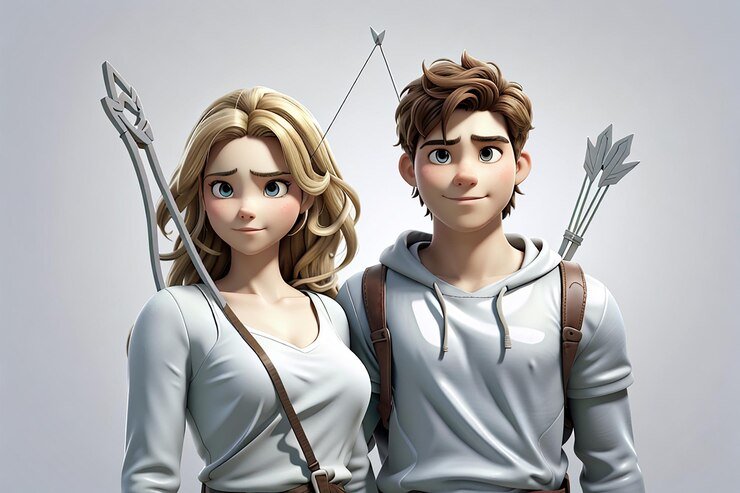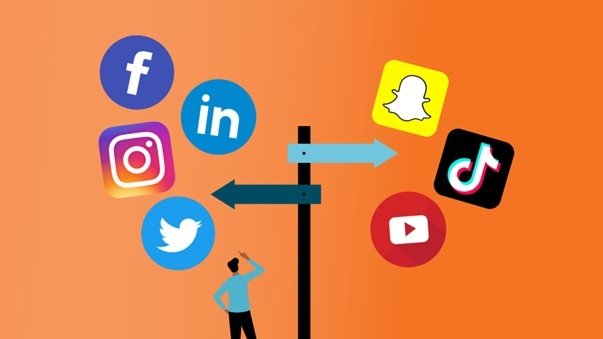Game animation serves as a powerful tool for storytelling and player engagement. However, as gaming has evolved into a global cultural phenomenon, it has faced growing scrutiny regarding gender representation in its characters. Gender representation in game animation not only reflects societal norms but also actively shapes them. With the rising importance of diversity, inclusivity, and cultural sensitivity in game development, the portrayal of genders in game animation has become a pivotal area of focus for developers and audiences alike.
This blog delves into how gender representation is addressed in game animation, the challenges faced, and the evolving practices employed by studios, including android game development companies. It also highlights innovative game animation techniques and the growing demand for inclusive practices within the 3D game animation USA industry.
The Power of Game Animation in Representing Gender
Game animation is integral to the perception of characters and their roles within a story. Through detailed facial expressions, body language, and stylized movements, animation helps bring characters to life. Yet, the ways in which male and female characters are animated often differ significantly. Historically, male characters in video games have been portrayed as powerful, assertive, and action-driven protagonists. They are animated with broad, commanding gestures that exude strength and dominance. Female characters, on the other hand, have frequently been depicted in supportive or overly sexualized roles, with exaggerated body proportions and animations emphasizing grace or sensuality. This has reinforced gender stereotypes, reducing the diversity and complexity of female roles in gaming narratives.Addressing Stereotypes in Gender Representation
The portrayal of genders in game animation has long been criticized for perpetuating harmful stereotypes. For instance:- Oversexualization of Female Characters Female characters often appear with unrealistic body proportions and animations that focus on visual appeal rather than functionality. While these portrayals may have been normalized in the early days of gaming, they are increasingly being challenged by players who demand more relatable and empowering female representations.
- Hypermasculinity in Male Characters Male characters are frequently animated with an emphasis on aggression and dominance, reinforcing a one-dimensional view of masculinity. This leaves little room for male characters to exhibit vulnerability, emotional depth, or unconventional traits.
- Underrepresentation of Non-Binary and Gender-Diverse Characters Many games fail to represent gender diversity beyond the binary. This lack of inclusivity stems from limited creative perspectives and technical challenges in game animation pipelines.
Evolving Practices in Game Animation
Recognizing these issues, developers and android game development company are employing innovative game animation techniques to create more inclusive and nuanced gender representations.- Motion Capture for Authentic Movements Motion capture (MoCap) technology allows animators to recreate realistic human movements, helping break away from exaggerated animations tied to gender stereotypes. This ensures that characters move in ways that reflect their role and personality rather than conforming to outdated ideals.
- Inclusive Character Design Game studios are increasingly designing characters that challenge traditional gender norms. For example, male characters can be animated with softer, empathetic movements, while female characters may exhibit commanding gestures without losing their authenticity.
- Customization Options Many modern games allow players to customize characters, offering non-gendered animations and a wide range of body types. This approach is not only inclusive but also provides players with a sense of agency.
Case Studies: Gender Representation Done Right
1. Horizon Zero Dawn
This action role-playing game features a strong female protagonist, Aloy, who is animated with functional movements that align with her role as a hunter and explorer. The character’s design avoids sexualization, focusing instead on her skills and personality.2. The Last of Us Part II
Naughty Dog’s award-winning game provides a nuanced depiction of gender roles. Female characters like Ellie and Abby are animated with attention to detail, emphasizing their emotional depth and physical strength.3. Life is Strange Series
These games excel in representing gender diversity. Through thoughtful animations and storytelling, the series explores complex gender identities and relationships, resonating with a broad audience.Challenges in Achieving Inclusive Animation
While strides have been made, challenges remain in creating truly inclusive gender representation in 3D game animation USA studios.- Bias in Development Teams A lack of diversity within animation teams often results in unintentional biases that influence character animations. Hiring diverse teams can bring fresh perspectives to the table.
- Technical Limitations Developing animations that cater to various body types and movements requires additional resources and expertise. Smaller android game development companies may struggle with these demands.
- Cultural Sensitivities What is considered progressive in one region may be viewed differently elsewhere. Balancing cultural sensitivities while pushing for inclusivity is a complex task for global game developers.
The Role of Game Animation in Social Change
The gaming industry has immense potential to influence societal attitudes. Through inclusive animations, games can challenge harmful stereotypes and promote understanding and acceptance of diverse gender identities. Players who see themselves authentically represented in games are more likely to feel empowered and valued. Moreover, game animation techniques play a crucial role in normalizing diversity. Animators can experiment with innovative storytelling approaches to highlight the complexities of gender without oversimplifying or tokenizing representation.The Future of Gender Representation in Game Animation
The future looks promising as the industry moves toward greater inclusivity. Key trends include:- AI-Driven Animation Artificial intelligence is being used to create dynamic animations that adapt to different character builds and body types, ensuring more diverse representations.
- Gender-Inclusive Narratives Developers are crafting stories that highlight diverse perspectives, allowing characters of all genders to take center stage.
- Collaborative Efforts Industry partnerships and feedback from players are shaping new standards for representation in game animation. By listening to diverse voices, studios can create content that resonates with a global audience.



